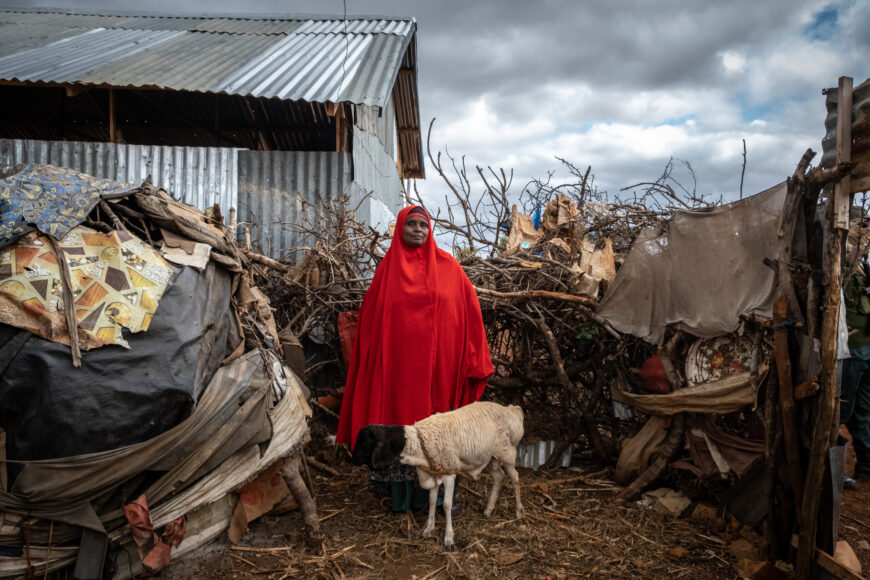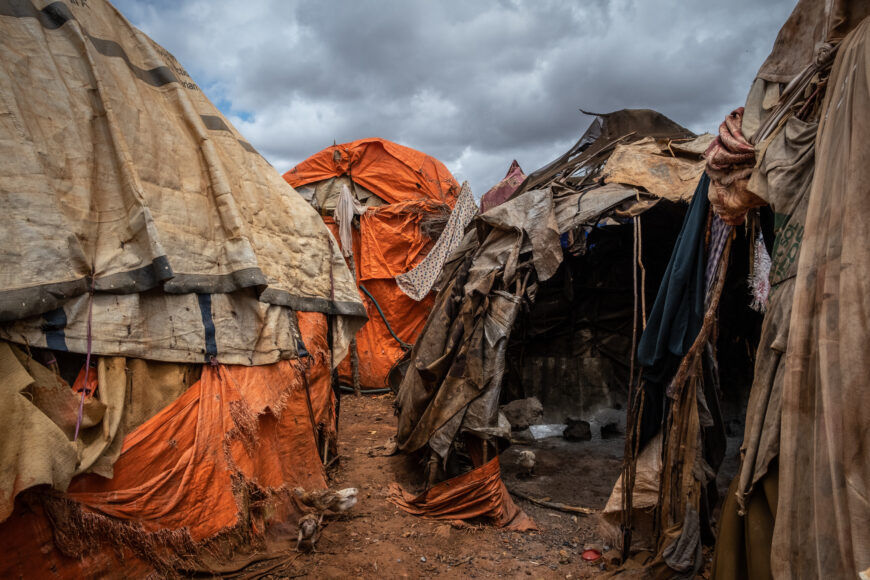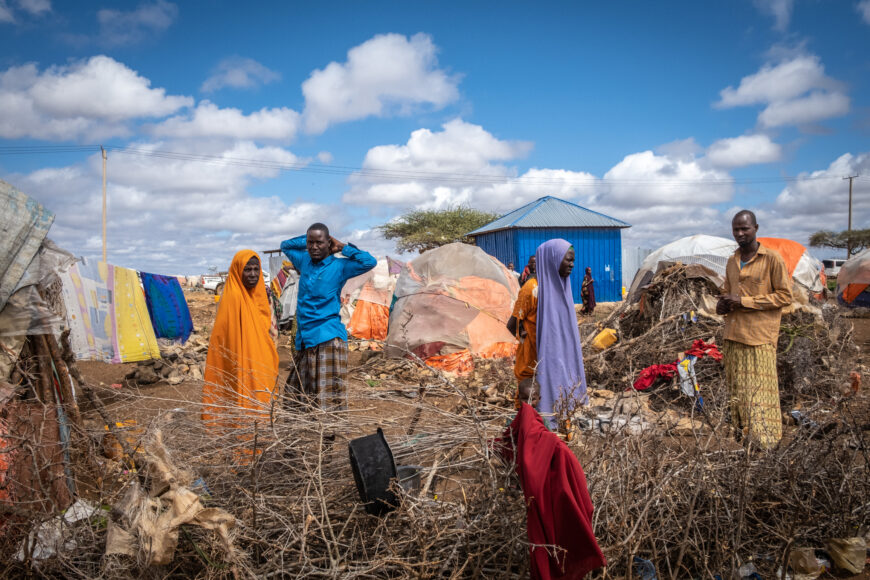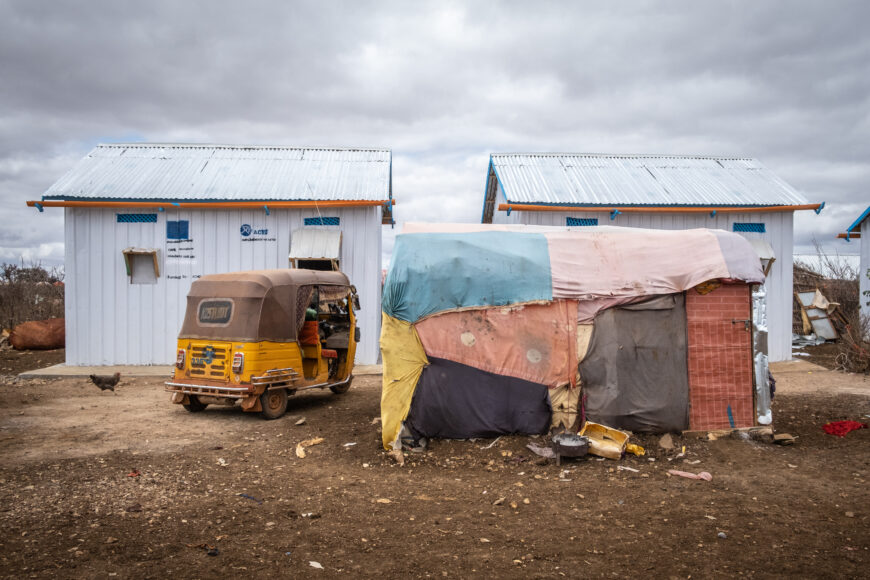Somalia, Kenya and Ethiopia are undergoing the worst drought due to four consecutive failed rainy seasons. Forecasts of a fifth failed rainy season is now hanging over the most vulnerable communities. It has become harder every day to find food and water at home. Behind the figures, millions of lives have been deeply impacted by the consequences of the cyclical drought.
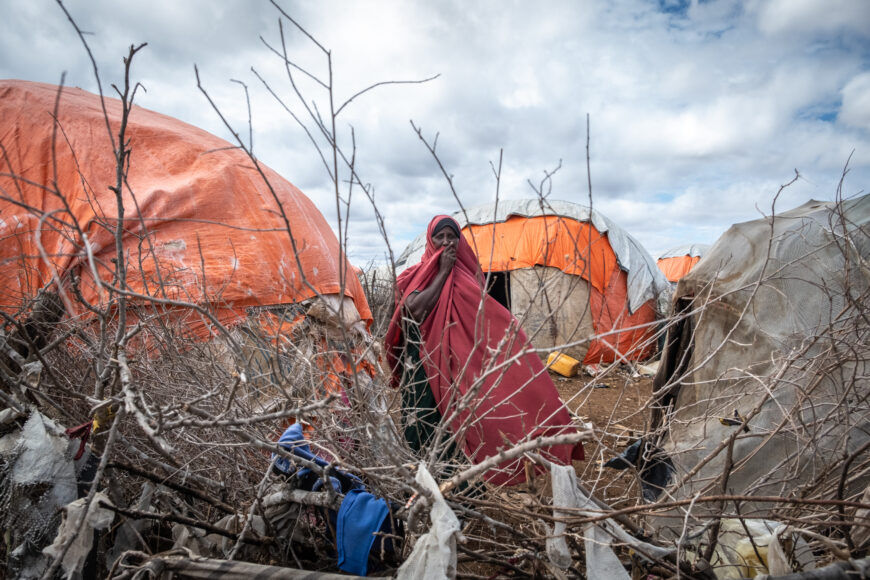
Living under the worst drought ever
Humanitarian assistance on the ground is coming too late. It is time for us to collectively stand together and save the lives of people
The severity of the situation took everyone aback. “Humanitarian crisis”, “food catastrophe”, are some of the words used by the UN to describe the situation in the Horn of Africa. 36.1 million people across the region need immediate humanitarian aid.
Food prices have gone through the roof as a consequence of the low crop and livestock production and the conflict in Ukraine. The food crisis is expected to continue worsening as larger parts of populations in Somalia, Kenya and Ethiopia food insecurity are at levels of crisis, emergency, and catastrophe (IPC 3 & 4 & 5). Acute malnutrition is equally on the rise especially affecting children, pregnant and lactating women, internally displaced people, the elderly and rural inhabitants. As Famine has been projected to happen in Burhakaba and Baidoa, Somalia, between October and December, Robert Simpson, ACTED Somalia Director, warns that
without an immediate and major humanitarian response, famine will be declared in the following months
Water is also hard to fetch. Over 16 million people cannot access safe and drinkable water. This hinders the populations’ ability to cook, drink, and clean daily. At a time where the world remains under the threat of Covid-19, entire communities in Somalia, Kenya and Ethiopia are seeing a surge in water-borne diseases contagion.
WHO warned against new epidemics of measles, cholera, diarrhea and other diseases due to the lack of clean sources of water.
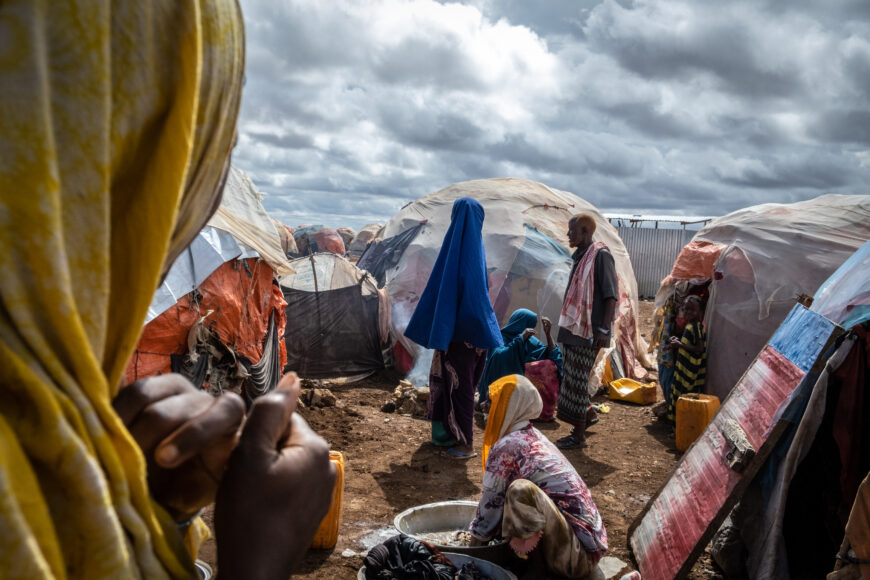
Searching for ways to survive the drought
Beyond the sheer lack of resources, many are unable to work. Almost 9 million livestock have died while crops have dried up, leaving countless number of farmers with no livelihoods. Families have had no other choice than to liquidate their assets to make ends meet but, in many cases, this is not enough to survive the month.
This impossible situation has pushed 1.6 million people out of their own homes. By leaving, they have hoped to find food, water and work in some other places. With the arrival of thousands of new people seeking assistance, the living conditions of the internally displaced communities living in camps are rapidly deteriorating.
Thousands of people are joining the already crowded IDP camps, which is further deteriorating the humanitarian situation in the sites. People are dying
What is next? How to be resilient
It is a fact that the Horn of Africa is experiencing first-hand the disastrous consequences of climate change with drier rainy seasons every year. ACTED, and other humanitarian organisations, have put in place emergency responses to fulfil the immediate needs of the drought affected populations. ACTED responds to the humanitarian crisis by transferring cash to vulnerable households for a quick response to their needs, providing access to safe and drinkable water through the construction and renovation of water points, hygiene and sanitation infrastructures, and conducting activities in camps to help the newcomers settle while engaging the communities living there in the management of their own space. These activities are focused on palliating to the immediate grave consequences of the drought by saving lives.
Finding long-term solutions to overcome and thrive
ACTED believes that medium and long-term solutions should be found to help communities strengthen their resilience, especially when climate shocks hit hard. Somalia, Kenya and Ethiopia have all implemented projects that aim at supporting the agricultural sector and the communities’ management of their own natural resources. In Somalia, ACTED implemented its flagship initiative, THRIVE, which intends to restore the soils damaged by climate change through a holistic approach to building community resilience. So far, over 24,000 households were supported in strengthening their food security while 985 hectares of degraded lands were restored with farmers trained in regenerative agricultural practices.
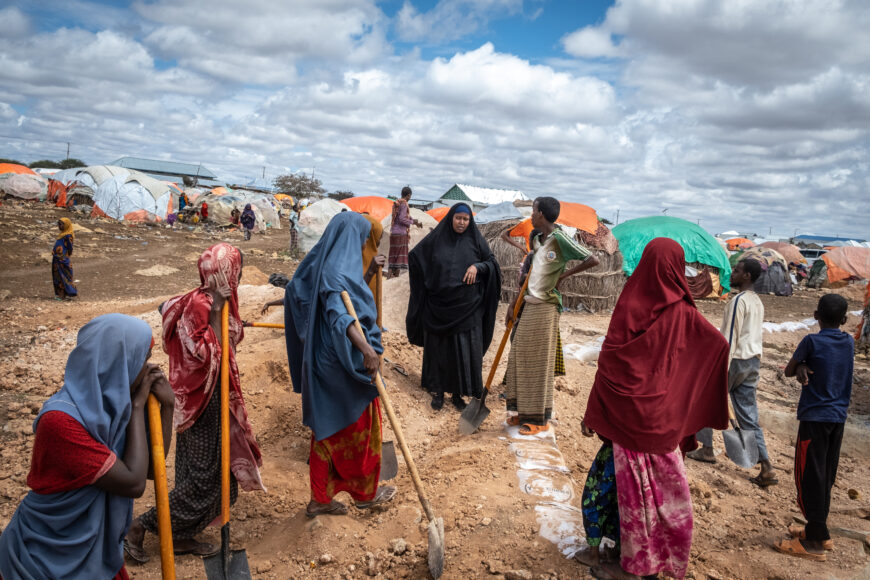
The drought cycle has become shorter, more frequent and intense due to global climate change and environmental degradation. Despite the aggravation of the situation in Somalia, Kenya and Ethiopia, solutions exist to reinforce community’s resilience when it comes to climate change. There is still hope to save and improve the lives of those whose worlds have been shattered by the drought by enabling them to build a future where they can thrive.
